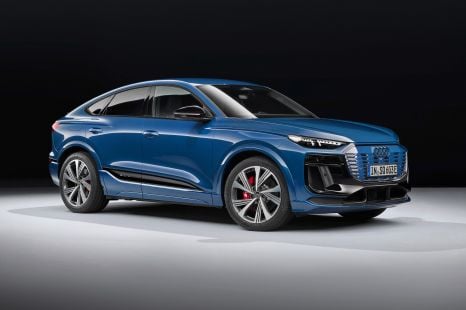

William Stopford
2026 Audi Q6 and SQ6 Sportback e-tron price and specs
2 Days Ago
The mid-spec Palisade with diesel power could well be the sweet-spot of the range, but should you buy one now or wait for the facelift?
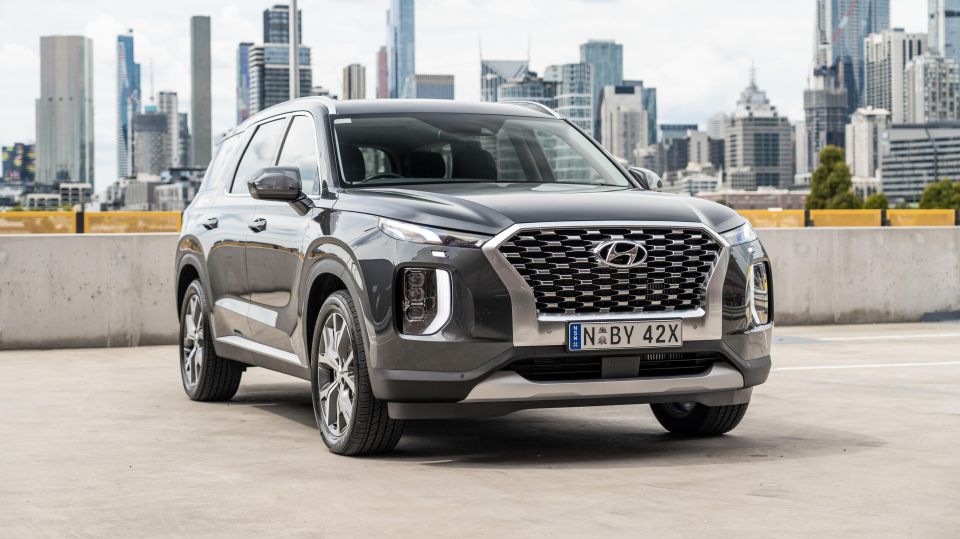


Marketplace Editor

Marketplace Editor


Marketplace Editor

Marketplace Editor
Quickly see how this car stacks up against its competition. Select any benchmark to see more details.
Where expert car reviews meet expert car buying – CarExpert gives you trusted advice, personalised service and real savings on your next new car.
The Hyundai Palisade is something of a feel-good story for Australia.
Originally designed for North America, somehow Hyundai Australia managed to convince head office to engineer a right-hand drive version. It’s stuff like this you don’t hear much of anymore, given Australia’s small footprint in the global car market.
Fast forward to 2022 and the Palisade is doing solid sales numbers to the point where Hyundai has expanded the range from two trim levels to three, with each offering the choice of V6 front-drive petrol power or four-cylinder turbo-diesel AWD power.
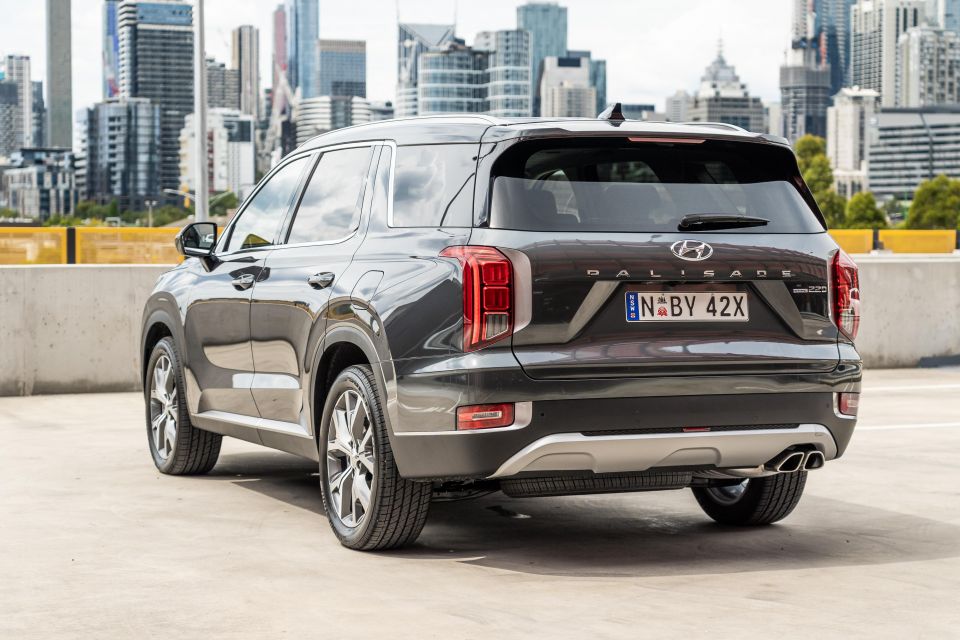
There’s even a facelifted model on the way, due in the third quarter of 2022, but until then the vehicle you see here is the one you can buy.
We’re trying one of the new-for-2022 offerings – the 2022 Hyundai Palisade Elite 2.2D AWD.
The mid-spec version borrows bits from the 2021 base model and top-spec Highlander, designed to offer a strong list of standard features in a sharply-priced package.
Does the existing Palisade make a good enough case for itself to buy now, or should you wait for the refreshed model?
The Palisade Elite starts at $62,200 before on-road costs for the V6 petrol variant with front-wheel drive, or $66,200 before on-roads for the diesel all-wheel drive package we have here on test.
In the case of the diesel, that equates to an estimated drive-away price of $71,595 based on a Melbourne postcode.
Our test car features Steel Graphite premium paint, which adds a further $695.
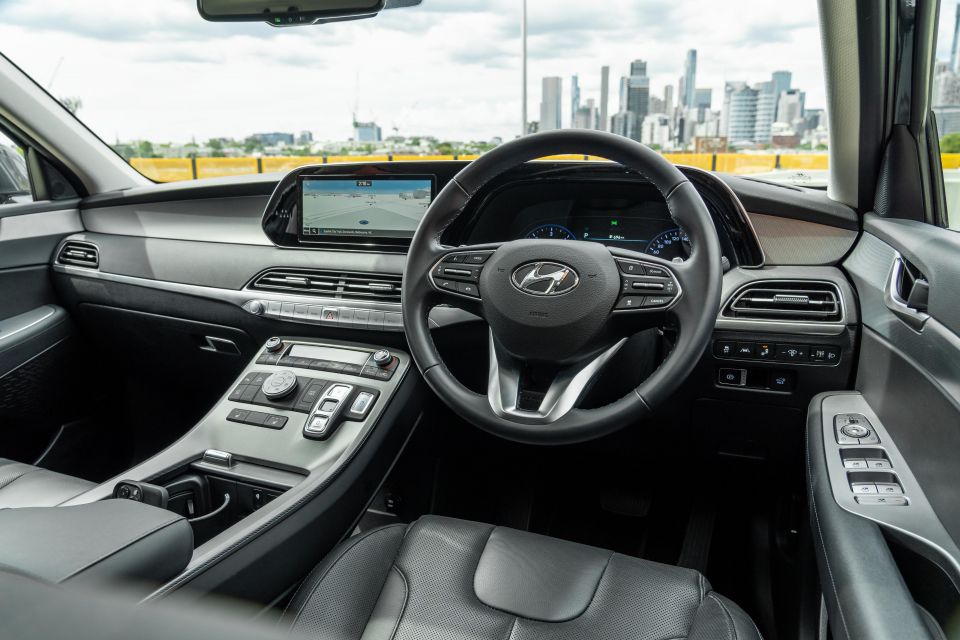
2022 Hyundai Palisade pricing:
Key rivals include:
All prices exclude on-road costs
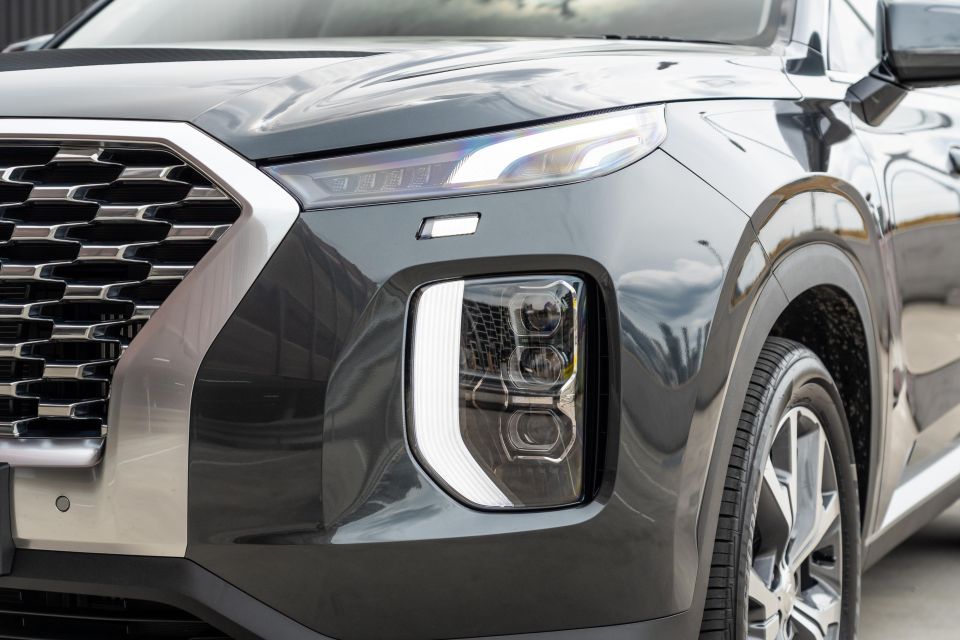
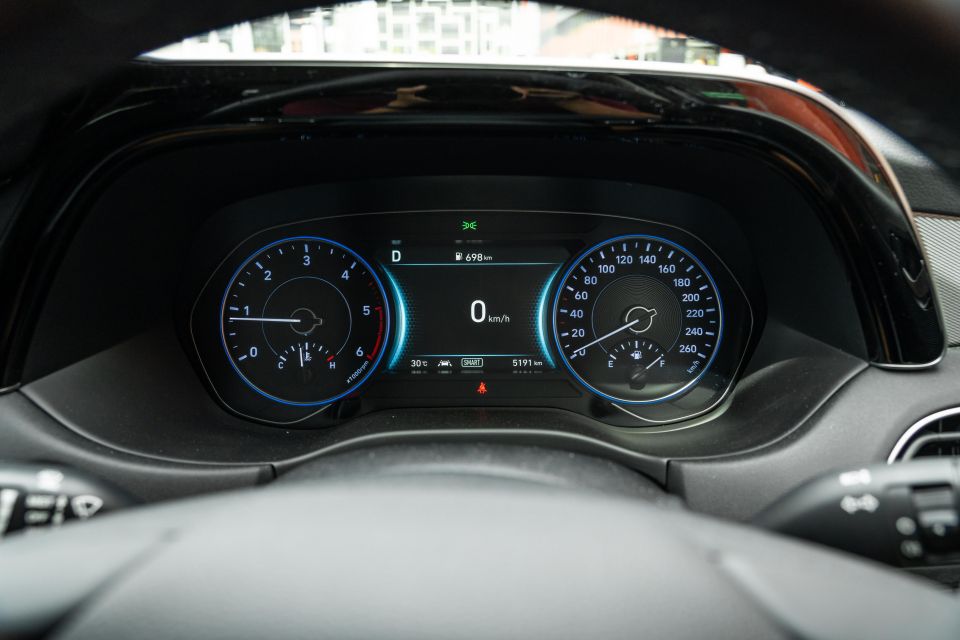
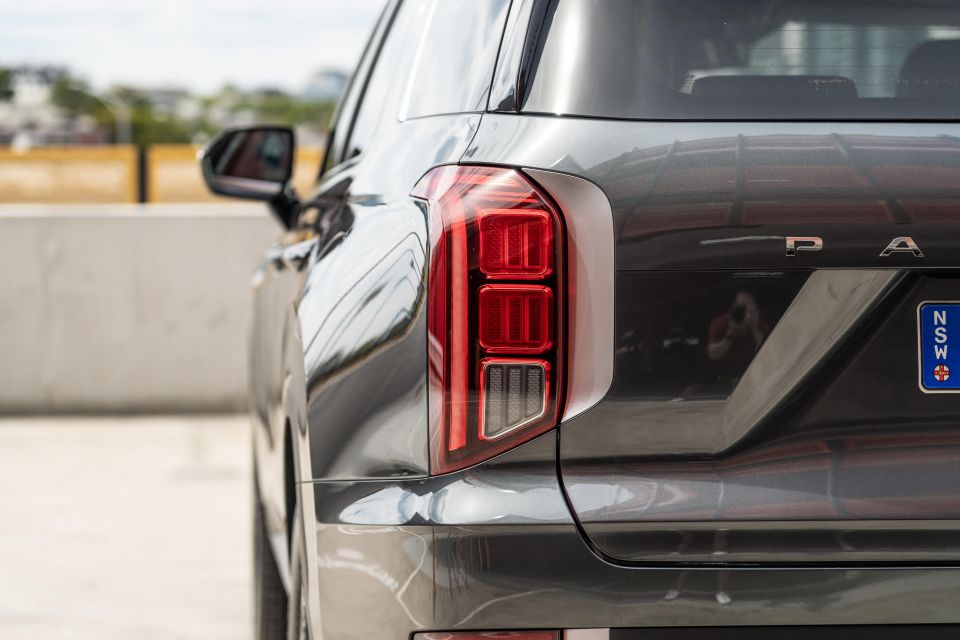
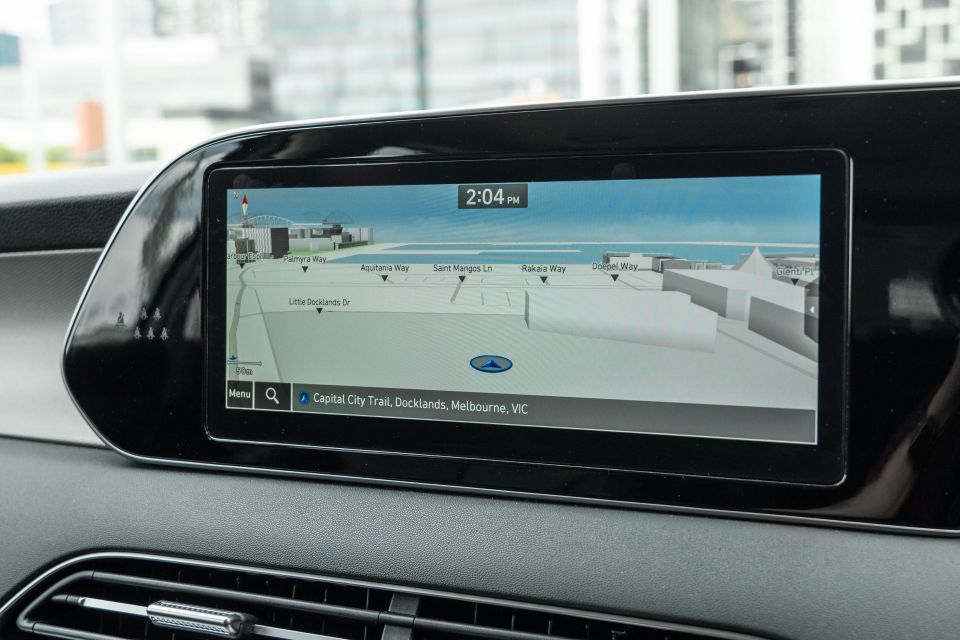
Buy your new car without the stress. It's fast, simple and completely free.

Great service from Travis and team, second time I have used this business would not hesitate to recommend them to anyone
Craig C.
Purchased a Ford Ranger in Sunshine Coast, QLD
CarExpert helped Craig save $7,224 on his Ford Ranger, now let us save you on your next new car.
Get your BEST pricePalisade Elite highlights:
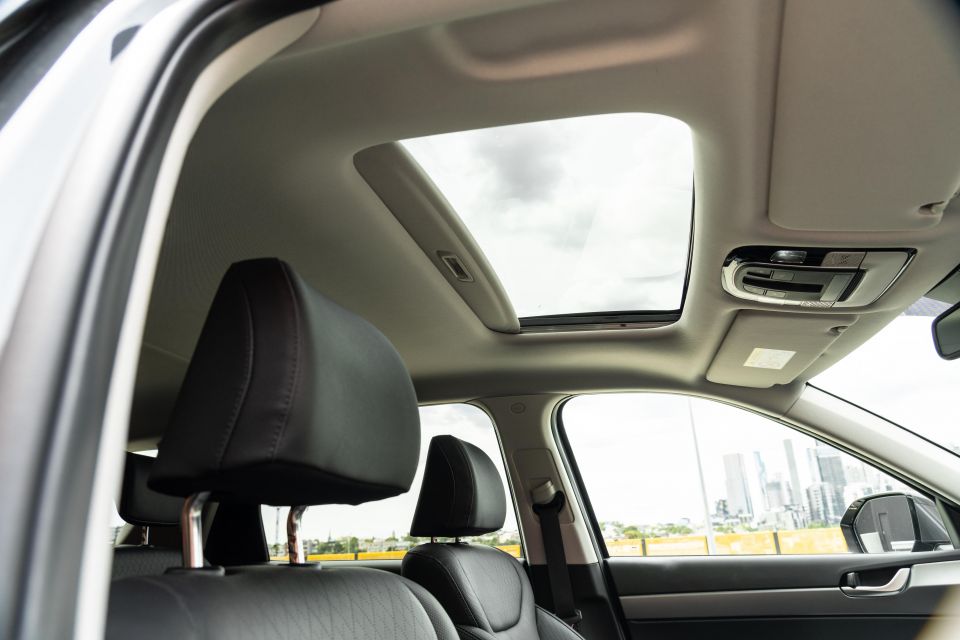
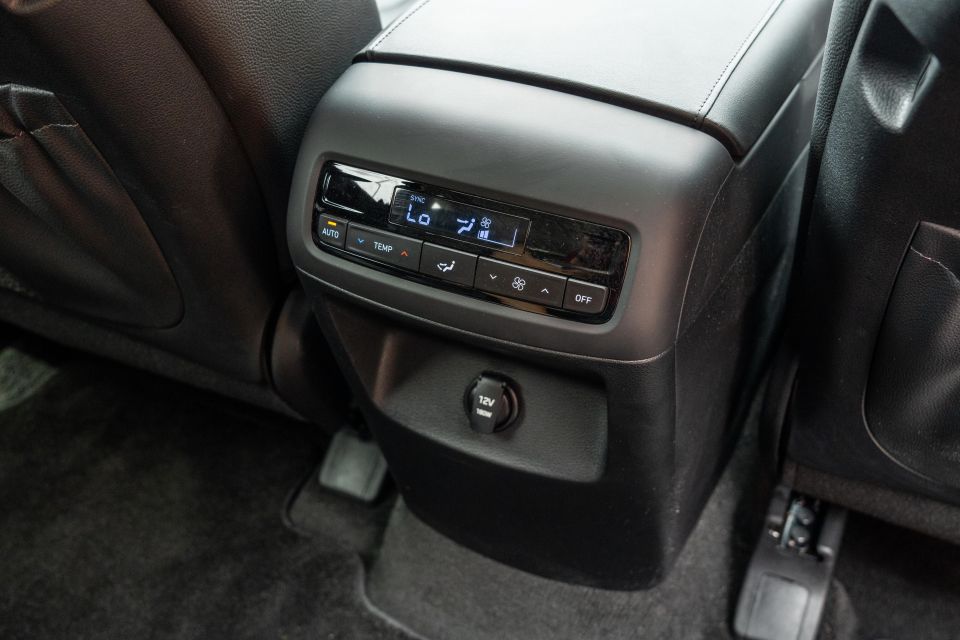
That’s in addition to the base grade’s specification:
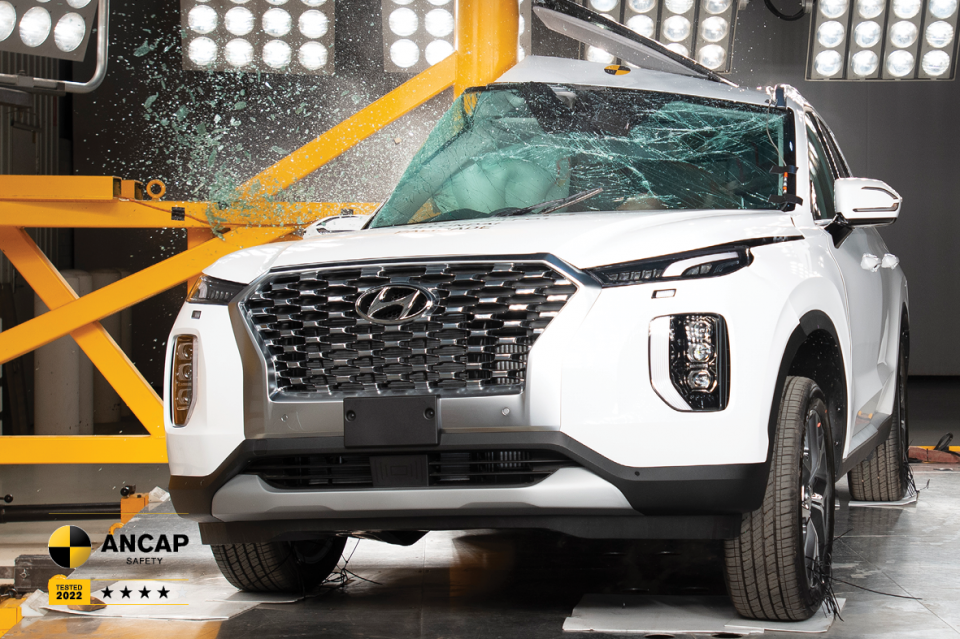
The Palisade recently received a four-star ANCAP safety rating against the latest 2022 criteria – this applies to Diesel AWD versions only.
It received scores of 79 per cent for adult occupant protection, 88 per cent for child occupant protection, 63 per cent for vulnerable road users, and 63 per cent for safety assist.
For reference, adult occupant and safety assist scores need to meet 80 per cent and 70 per cent respectively to achieve a five-star rating.

Key contributors to the four-star score were Marginal protection of the driver’s chest in the oblique pole test, the lack of a front-centre airbag which “could potentially improve its adult occupant score”, as well as the lack of an AEB Junction function.
While the Palisade only arrived in Australia and New Zealand from late-2020, it went on sale in North America and South Korea from early in 2019 (after being revealed in 2018).
The upcoming facelifted range should, based on overseas specifications, gain a junction-friendly AEB system with emergency swerve assist, a highway pilot that pairs lane-centring aids and adaptive cruise, and AEB in reverse when parking.
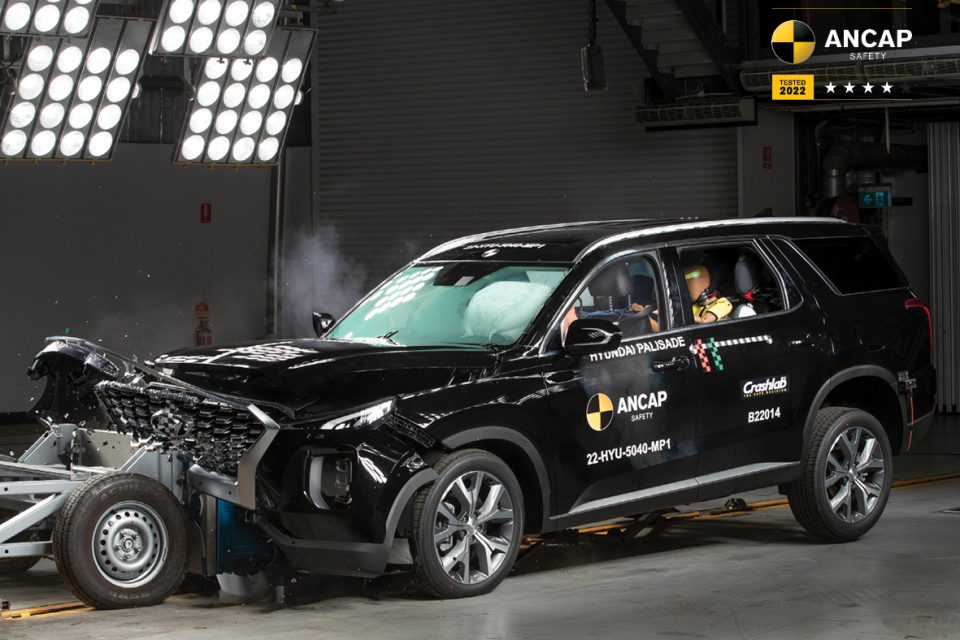
All versions of the Palisade feature:
Opting for the flagship Palisade Highlander adds a Blind Spot View Monitor camera system alongside the standard blind-spot assist, as well as a surround-view camera and Safe Exit Assist – the latter warning occupants of oncoming vehicles and road users when opening the doors.
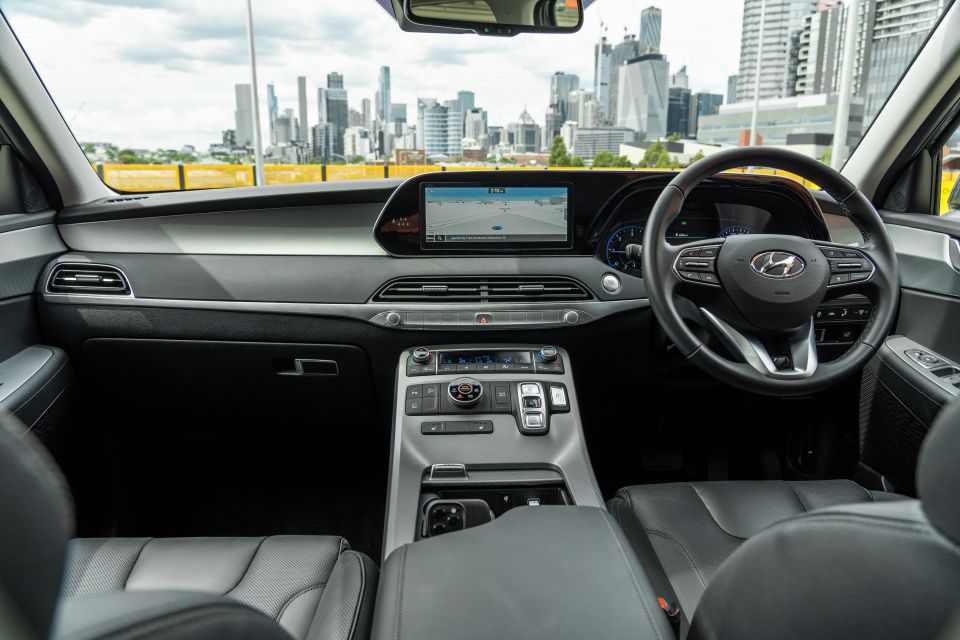
The Palisade is as big on the inside as you’d expect, making it a viable alternative to something like a Kia Carnival.
From the moment you hop in there’s a sense of space and comfort, thanks to the airy cabin, nice materials, and upmarket design.
While it’s not quite as leatherette-lined as the smaller Santa Fe, the Palisade’s dash actually inspired the design of its smaller stablemate, with a heavy use of straight lines to enhance that impression of width.
The 10.25-inch central touchscreen remains a highlight of Hyundai and Kia’s vehicle range, though the facelift’s larger 12.3-inch touchscreen will no doubt make this one feel old-hat. Same goes for the current analogue gauges, which are the only option in Australia despite a digital unit being offered elsewhere.
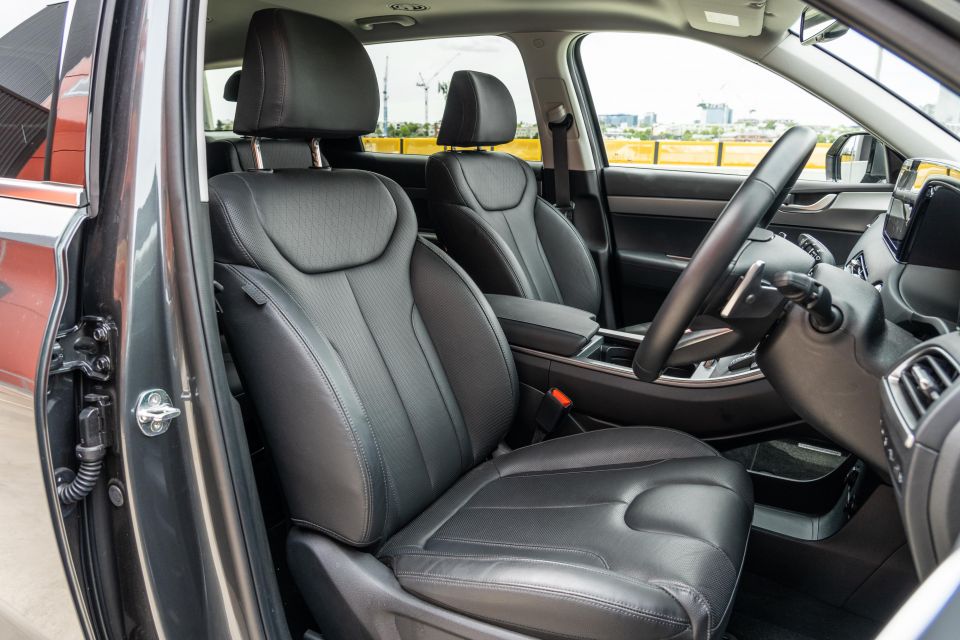

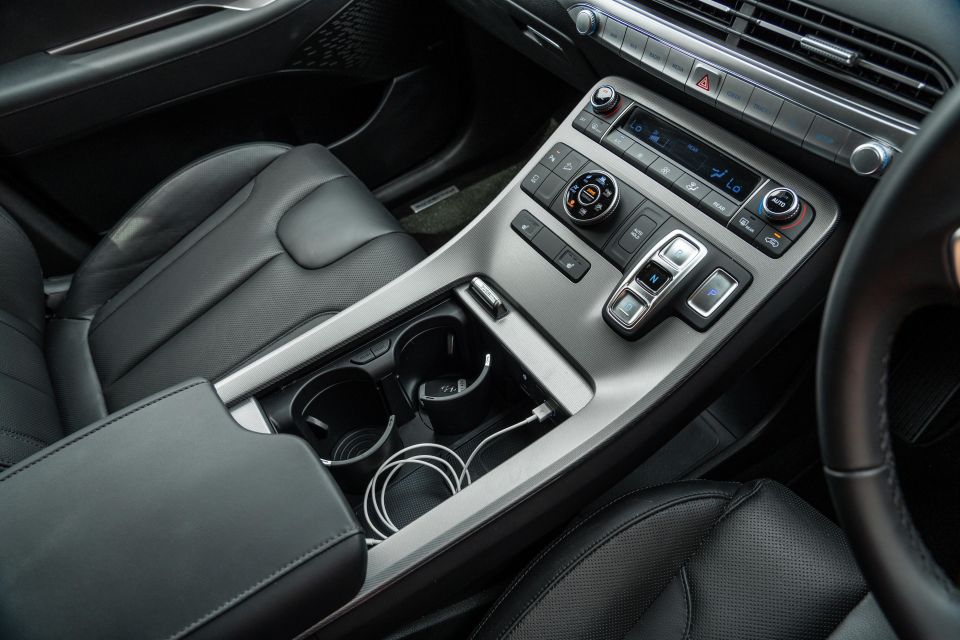

As we’ve noted in reviews of other products with the same interface, graphics and response are up there with the best in class, though Apple CarPlay and Android Auto frustratingly remain wired, rather than wireless. If you use mirroring often, it basically renders the wireless phone charger redundant.
The Palisade majors on comfort and storage, with soft, supportive leather seats in all rows (featuring electric adjustment up front), huge bins and cubbies throughout, nicely damped switchgear, and touch points that look and feel expensive and robust enough to stand the test of time.
I’m a fan of the space between the front seats, which offers two removable cupholders as well as the wireless phone charger pad, which doubles up as a storage slot for your phone when plugged in for smartphone mirroring.
The bin underneath the front-centre armrest is also huge, with a tray that clips to the top for things like sunglasses or keys. Plenty of spaces for all your odds and ends.
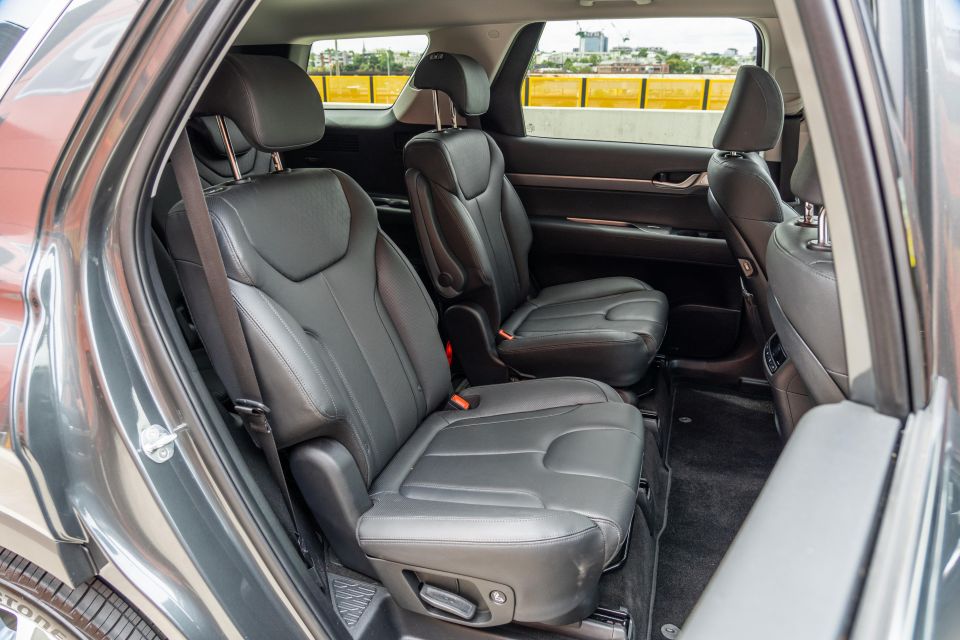
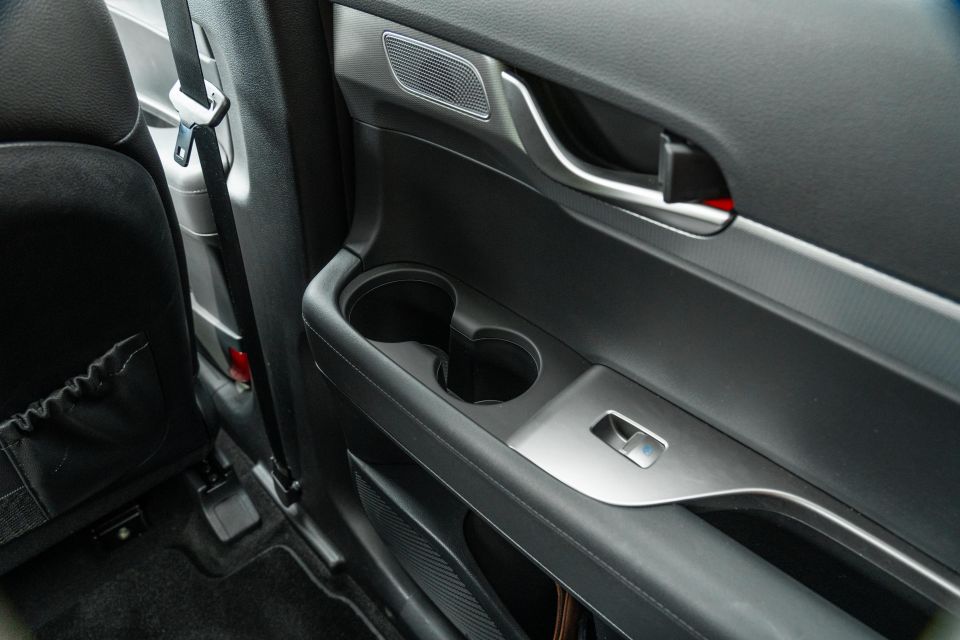
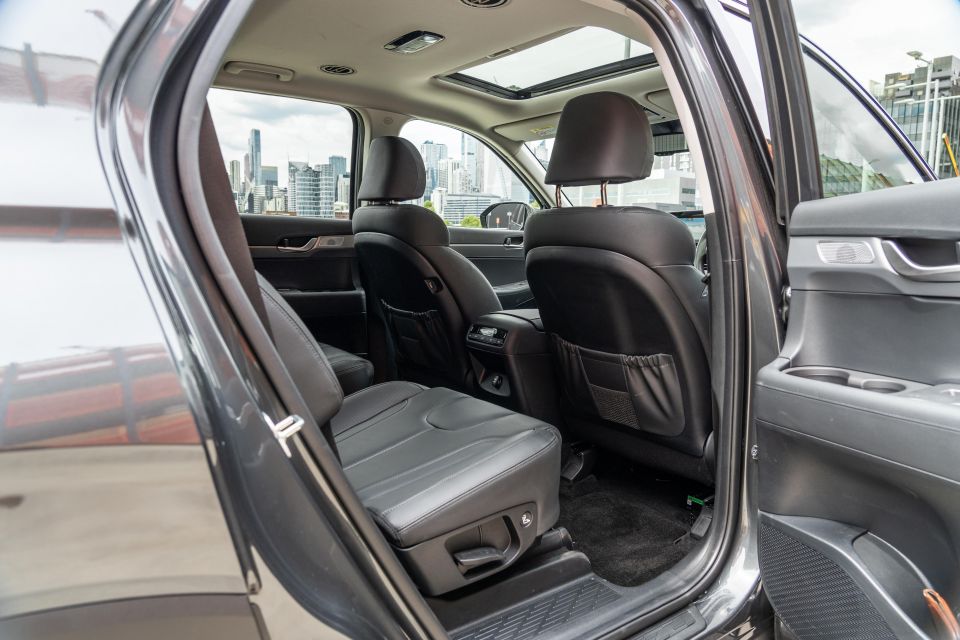

In row two, the Palisade’s accommodation is palatial – particularly with the optional second-row captain’s chairs as tested.
The individually sliding and reclining second-row chairs have heaps of space for occupants in every dimension, and are basically copies of the fronts – meaning they’re comfortable and supportive. Elite-spec vehicles miss out on the heating and ventilation functions included on these seats in the flagship Highlander, however.
Other amenities include a third zone of climate controls with roof-mounted vents for rows two and three, map pockets behind both front seats, USB-A ports on the front seat backs, and a 12V outlet behind the rear centre console.
Each door has two cupholders ahead of the armrests too, as well as bottle holders further down. In total, there’s 14 cupholders throughout the cabin for seven-seat models and 16 in eight-seat models. There really is a place for everything.
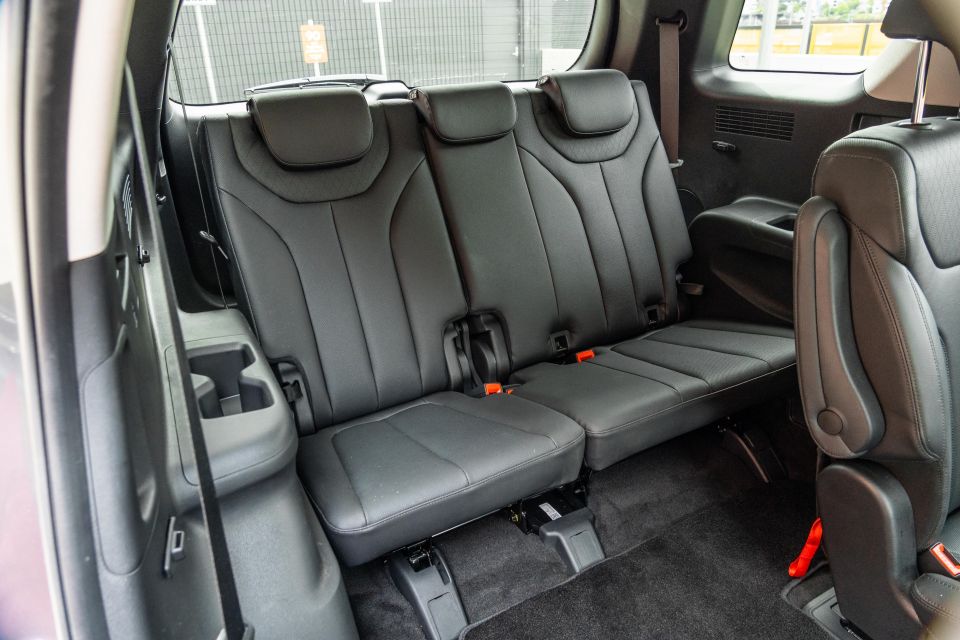
Entry into the third row is a cinch thanks to the one-touch access function that releases the second-row seats and slides them forward automatically. Once you’re there there’s almost Carnival-like space for two adults, and three kids should fit back here just fine – the centre seat is quite skinny.
The Palisade is an outlier in the mainstream segment in offering a three-seat third row, which means up to eight seats can be had, though the all-new Nissan Pathfinder will bring similar seating configurations later this year.
It means the Palisade is a genuine alternative for those needing up to eight seats but don’t want a people mover.
There are ISOFIX mounts on the two outboard second-row seats, as well as a third on the passenger-side outboard seat in the third row. However, the smaller Kia Sorento offers four ISOFIX-equipped seats including two in the third row.
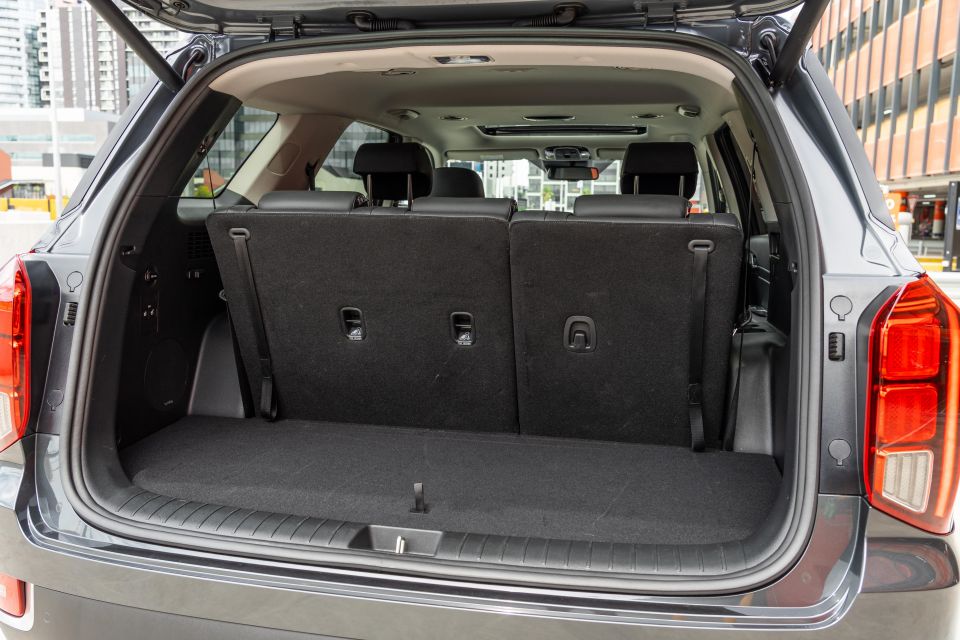
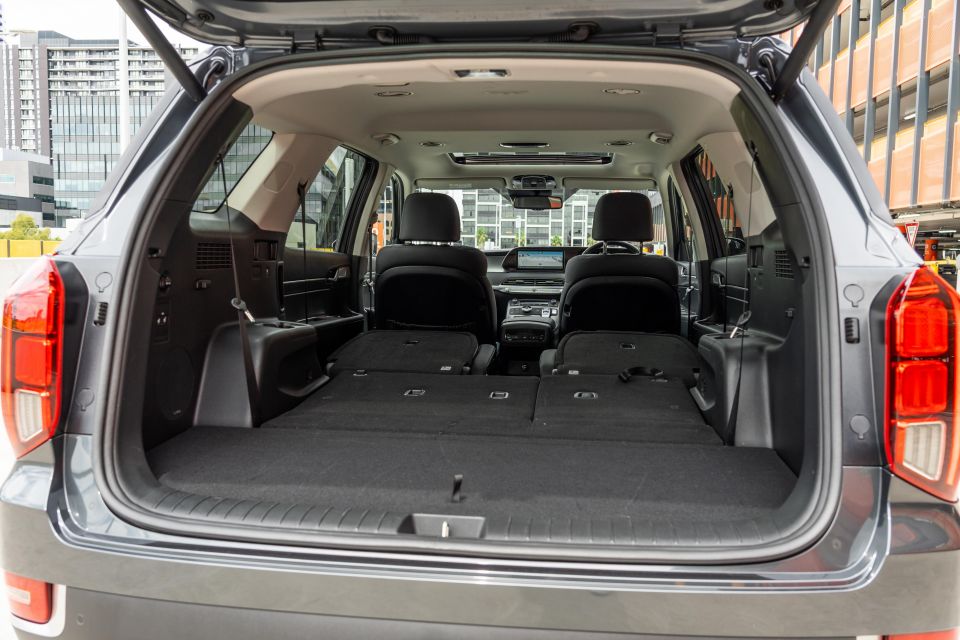
Behind the third row, there’s 311 litres of cargo volume (VDA), which expands to 704L with the third row folded. It’s impressive that the Palisade offers more boot space than a Mazda 2 Hatch with up to eight on board.
Hyundai doesn’t quote an official figure in its specification documents with both the second and third rows folded flat, but safe to say that the Palisade offers a cavernous load area with the rear rows down.
It’s worth noting seven-seat models won’t be as practical in this configuration as the lack of a second-row centre seat means there’s a hole in the cargo floor in two-seat guise, but the load area is long, square and flat.
All versions of the Hyundai Palisade feature a full-size alloy spare wheel, and the cargo cover fits in the underfloor storage compartment behind the third-row seats too.
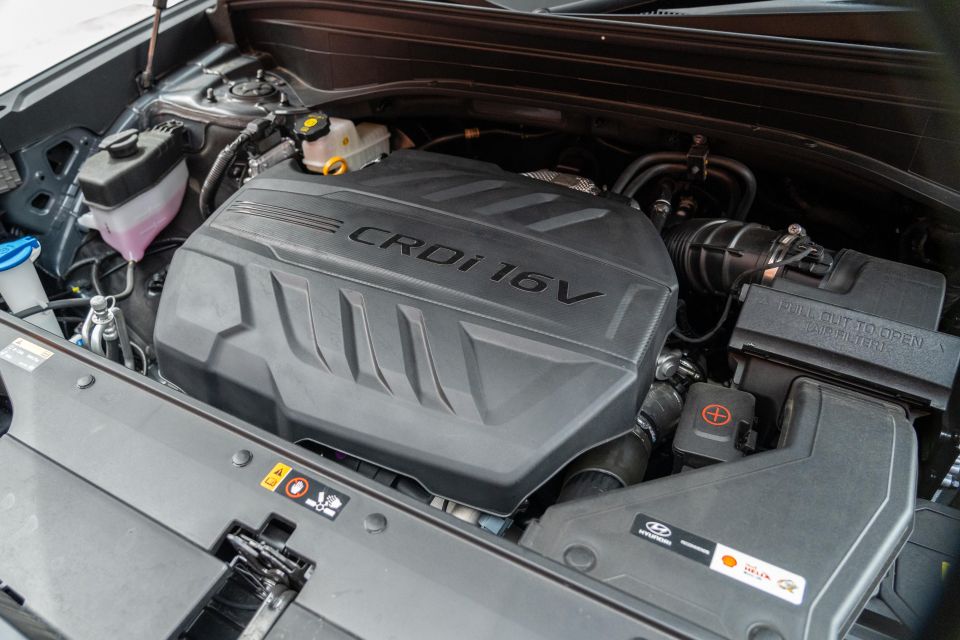
Where expert car reviews meet expert car buying – CarExpert gives you trusted advice, personalised service and real savings on your next new car.
On test we have the 2.2-litre four-cylinder turbo-diesel, which quotes outputs of 147kW (3800rpm) and 440Nm (1750-2750rpm).
Drive with this powertrain is sent to a front-biased on-demand all-wheel drive (AWD) system via an eight-speed automatic transmission.
It’s worth noting this iteration is an older version of the unit used in the smaller Santa Fe and Kia Sorento, and retains an eight-speed torque converter automatic whereas its smaller relatives have moved to a quick-shifting dual-clutch transmission for better efficiency.
Hyundai claims the diesel Palisade will use 7.3L/100km on the combined cycle, and emit 243g/km of CO2. The Palisade features a 71-litre fuel tank.
The more affordable 3.8-litre naturally-aspirated V6 makes 217kW (6000rpm) and 355Nm (5200rpm), sent to the front wheels exclusively via an eight-speed auto. The petrol is thirstier, with a combined rating of 10.7L/100km.
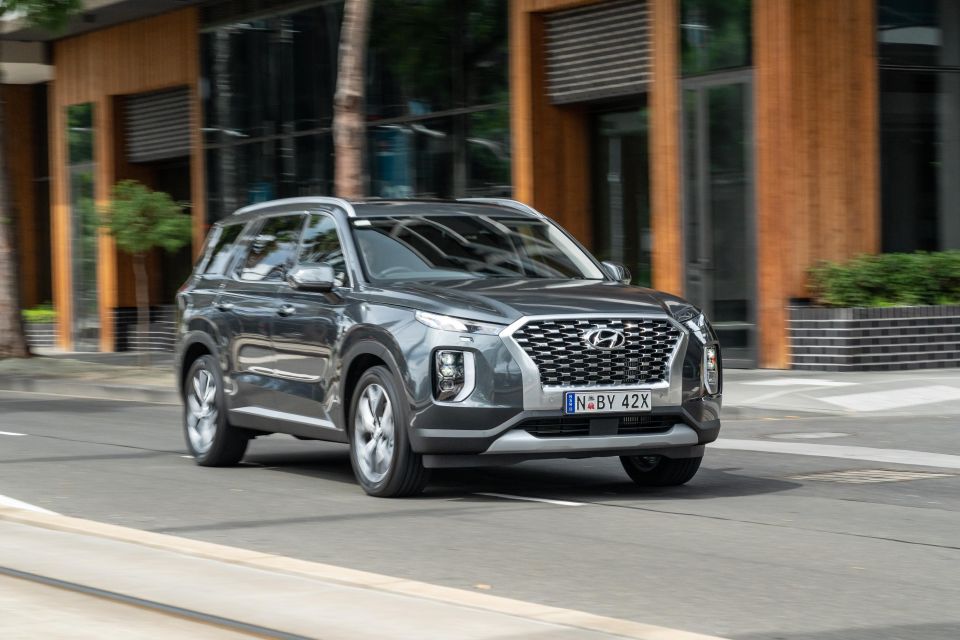
Given the Palisade shares its DNA with various Hyundai and Kia models including the Santa Fe, Sorento and Carnival, it feels quite familiar behind the wheel – particularly if you opt for the diesel on test here.
The big Hyundai just feels like a stretched Santa Fe. It replaces the Santa Fe XL previously offered overseas, after all.
It may not feature the latest iteration of the platform or powertrains currently underpinning the latest Santa Fe and Sorento, but the 2.2-litre four-cylinder turbo-diesel and eight-speed auto combo make a great pairing as they have in previous reviews of the Palisade and related products.
The oiler is refined at all speeds (though there is some clatter at a standstill) and the eight-speed automatic shifts snappily and intuitively to keep the engine in its sweet spot while also chasing efficiency at a cruise.
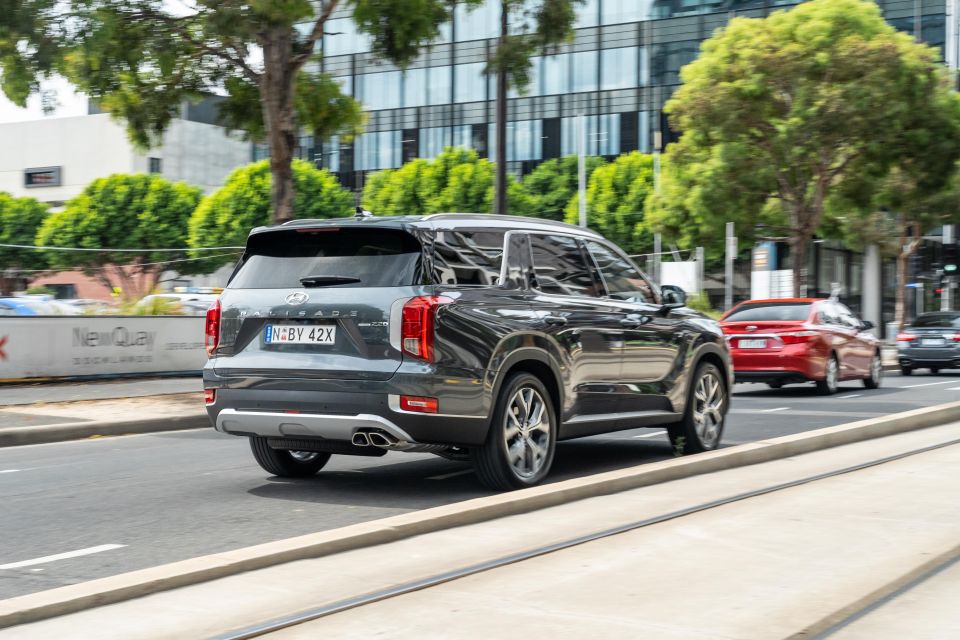
Having 440Nm on tap from 1750rpm is a welcome change from the rev-happy 3.8-litre V6 version, meaning the Palisade can effortlessly get along whether you’re in the city or on the highway. I would note, however, that both engines will be a little strained if you have the car fully loaded up.
During our week with the Palisade we covered over 700km over a mix of roads and weather conditions. Whatever we could throw at it, the car did it all with finesse.
Putting around inner-city Melbourne the Palisade happily soaked up potholes, gutters, tram lines and the like. The light, accurate steering and comfort-focused suspension tune mean this 4980mm long and 1975mm wide family hauler really shrinks around you.
We even took it out to the Melbourne 4×4 Proving Ground west of Melbourne as a shuttle for our recent SUV Off-Road Mega Test, and even fully loaded with passengers over broken, single lane country roads or gravel sections the Palisade was nothing short of excellent.
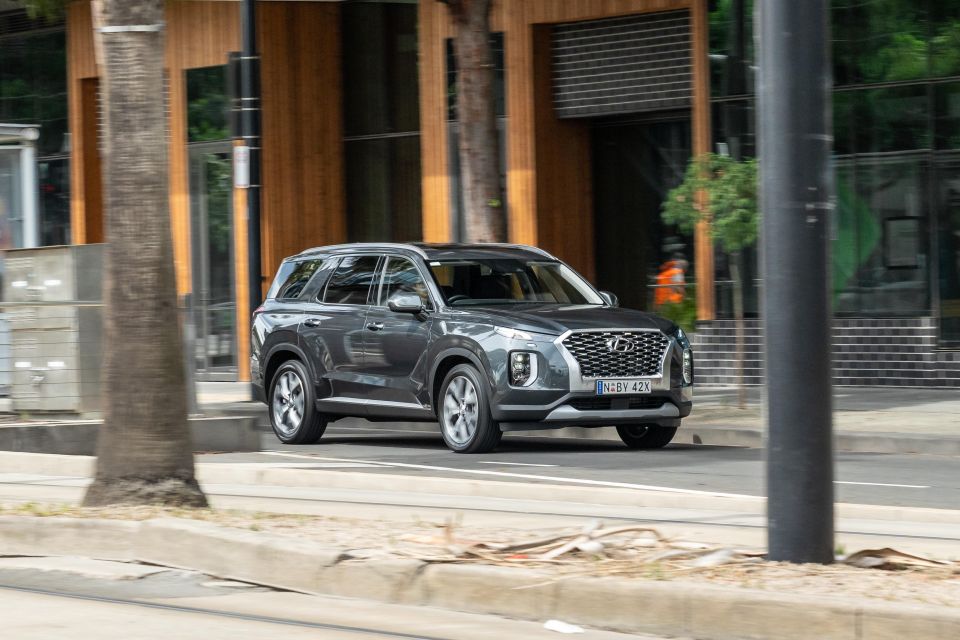
At all speeds and in all weather conditions the Palisade gives you a reassuring sense of stability, particularly diesel versions with standard all-wheel drive. On the gravel sections near the proving ground and in heavy rain on a return trip to Geelong, the big Hyundai felt planted and secure.
On the open road you also have the transmission flicking into eighth gear with the 2.2-litre diesel humming away at about 1800rpm. It’s effortless at a cruise and feels purpose-built for family road trips.
Further the insulation from wind and road noise is great without being ground-breaking. It’s not going to challenge a Genesis GV80 for in-car serenity, but for the class it’s certainly up there with the best.
The softer ride tune also doesn’t come undone over successive high-speed undulations, either, with a good level of rebound to isolate passengers from the lumps and bumps of country freeways and highways.
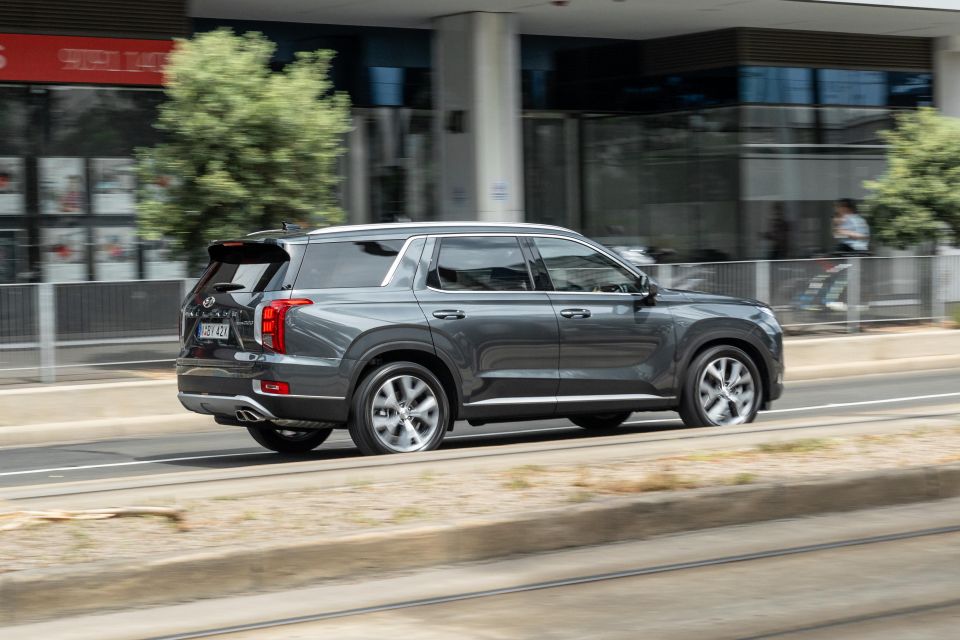
If piloting such a big vehicle makes you a little nervous, the Palisade’s comprehensive active safety and assistance suite will ensure you keep on the straight and narrow.
Standard adaptive cruise control with stop/go and Lane Following Assist means the big Hyundai can essentially drive itself on the highway and in traffic jams – though obviously, your hands need to still be on the wheel.
The Elite-spec misses out on the Highlander’s clever Blind Spot View Monitor cameras, but there’s still blind-spot and rear cross-traffic assists to actively stop you from merging ahead of a vehicle that’s coming up behind you or stop the vehicle to stop a collision when reversing.
Other notable features include auto high-beam for the headlights, which are a significant step up over the base model’s halogen units, driver attention monitoring and Leading Vehicle Departure Alert – which notifies you if the vehicle ahead has pulled away. Good for distracted parents who may be attending to crying children when stopped at the lights.
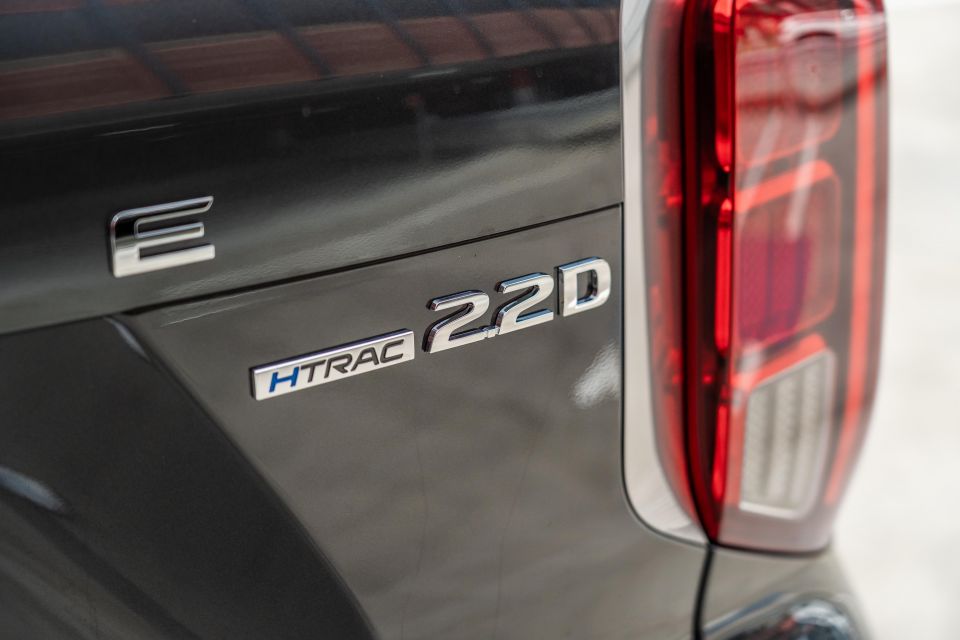
The Palisade is covered by Hyundai Australia’s five-year, unlimited-kilometre warranty with roadside assistance for the same period.
Maintenance is required every 12 months or 15,000km – whichever comes first.
Hyundai hasn’t announced any changes to service pricing for the 2022 Palisade, which mean the first five visits (up to 60 months/75,000km) cost $399 a pop for the V6 and $469 each for the diesel.
In terms of real-world fuel consumption we saw an indicated 8.3L/100km over 726km of mixed driving, including a week of peak-hour commuting. A bit more freeway time and you could easily achieve 1000km between fills of the 71-litre tank.
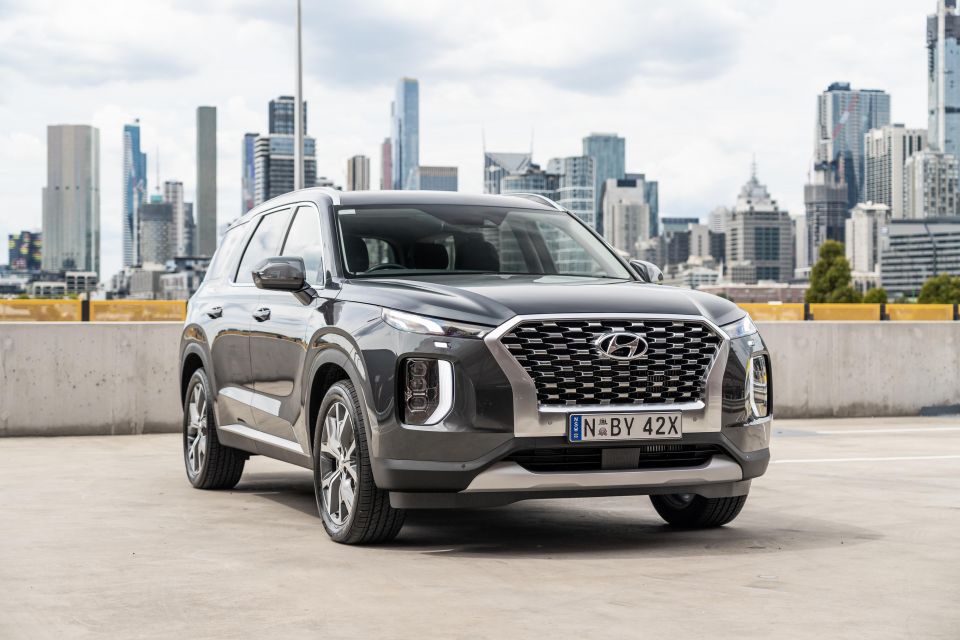
Buy your new car without the stress. It's fast, simple and completely free.

Great service from Travis and team, second time I have used this business would not hesitate to recommend them to anyone
Craig C.
Purchased a Ford Ranger in Sunshine Coast, QLD
CarExpert helped Craig save $7,224 on his Ford Ranger, now let us save you on your next new car.
Get your BEST priceIt may not be cheap, but the mid-spec Palisade diesel makes a strong case for itself as a Kia Carnival alternative if you require up to eight seats or just want one of the best-packaged large SUV interiors currently on sale.
The American-style looks make it stand out in the car park, the well-finished cabin makes it a luxurious place to spend time, and the 2.2-litre diesel AWD underpinnings balance performance with efficiency and all-weather grip.
Arguably this Elite Diesel AWD is the sweet spot of the current range, offering all the equipment you need with some added luxuries, while also staying under that $70,000 barrier before on-roads come into play.

However, the facelifted model looms. It should arrive within months, packing even more luxury, added tech and features (digital cluster please, Hyundai), as well as a refreshed design that will feel more befitting of its flagship status.
Until then, the current model presents as well-rounded family vehicle with segment-leading practicality. If a Santa Fe or Sorento is too small but you want a similar feeling package, this could be it.
You shouldn’t have to wait long for one if you pull the trigger now either – a quick look at the classifieds shows there’s quite a few kicking around compared to numerous rivals with six-12-month wait times.

Click the images for the full gallery
Where expert car reviews meet expert car buying – CarExpert gives you trusted advice, personalised service and real savings on your next new car.
James Wong is an automotive journalist and former PR consultant, recognised among Australia’s most prolific motoring writers.


William Stopford
2 Days Ago
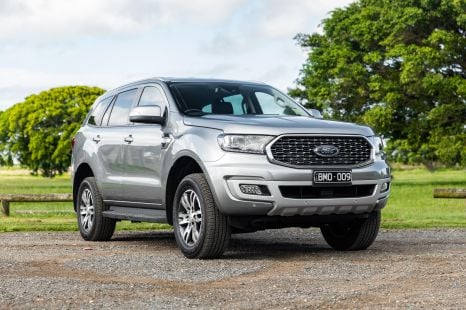

William Stopford
4 Days Ago
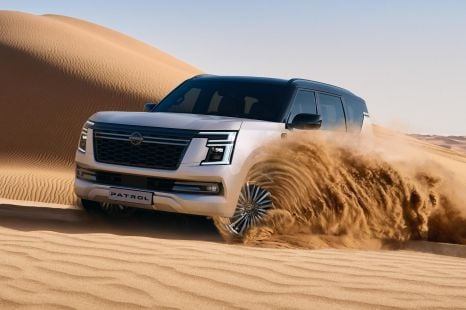

James Wong
7 Days Ago
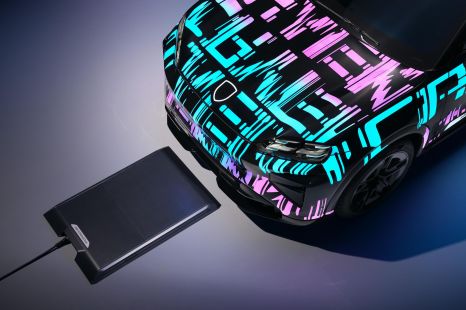

Derek Fung
11 Days Ago
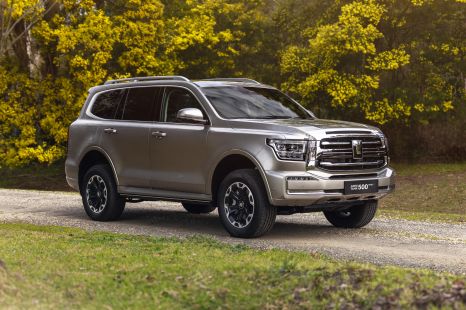

William Stopford
13 Days Ago
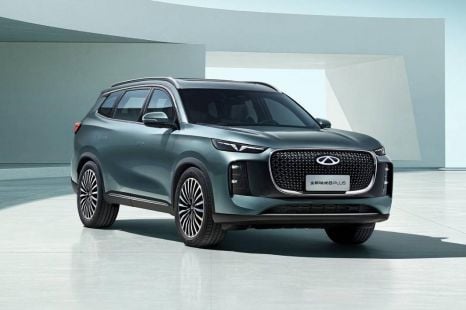

William Stopford
19 Days Ago